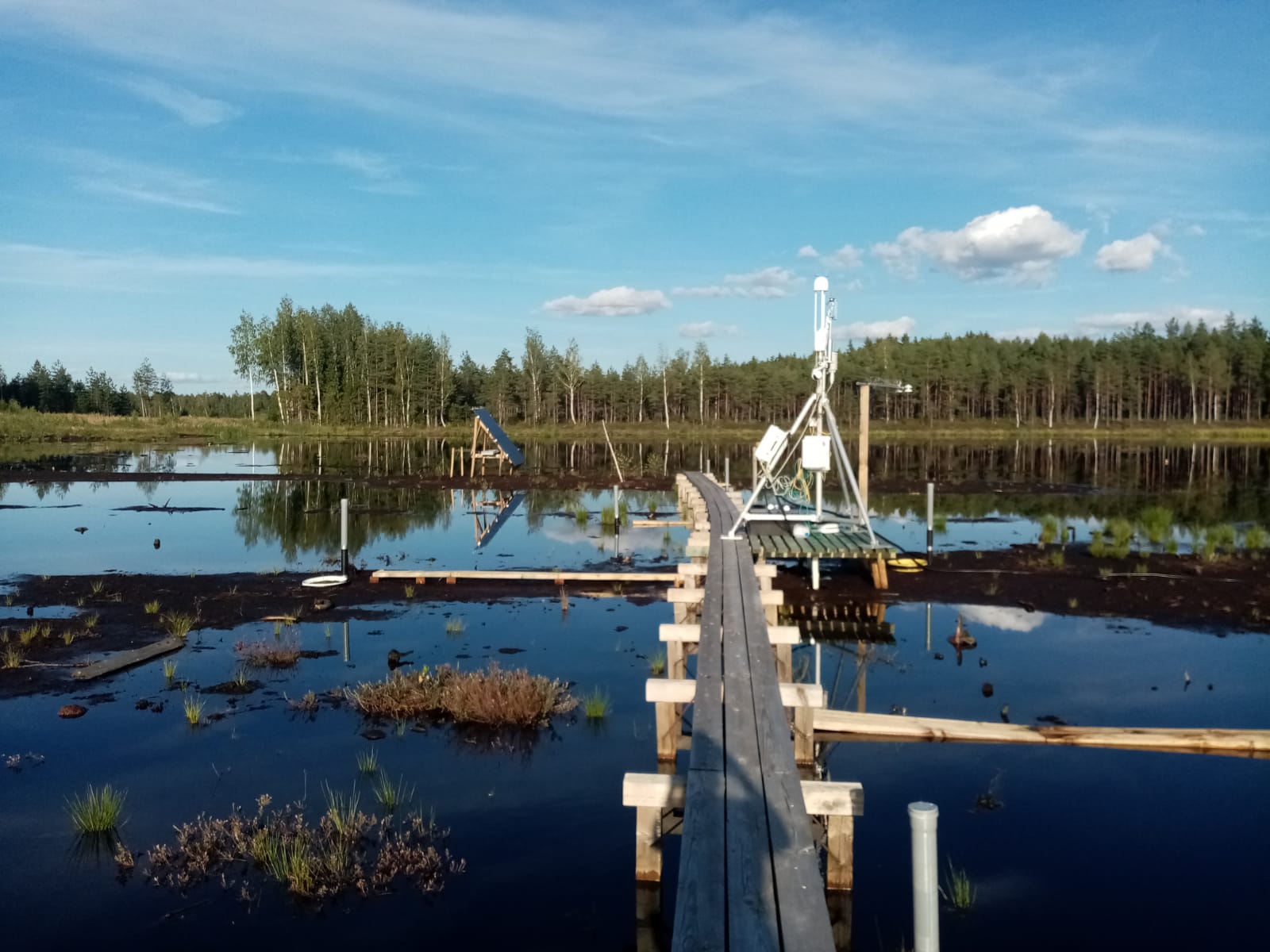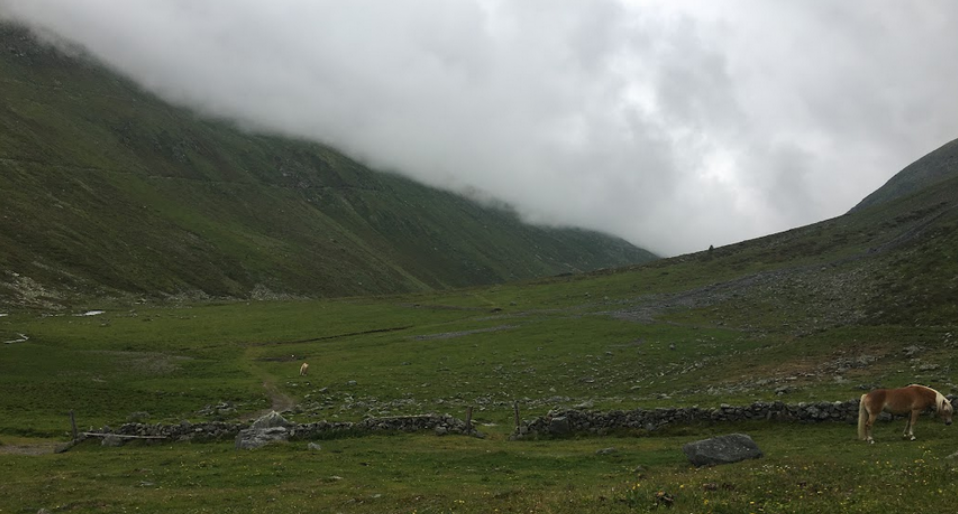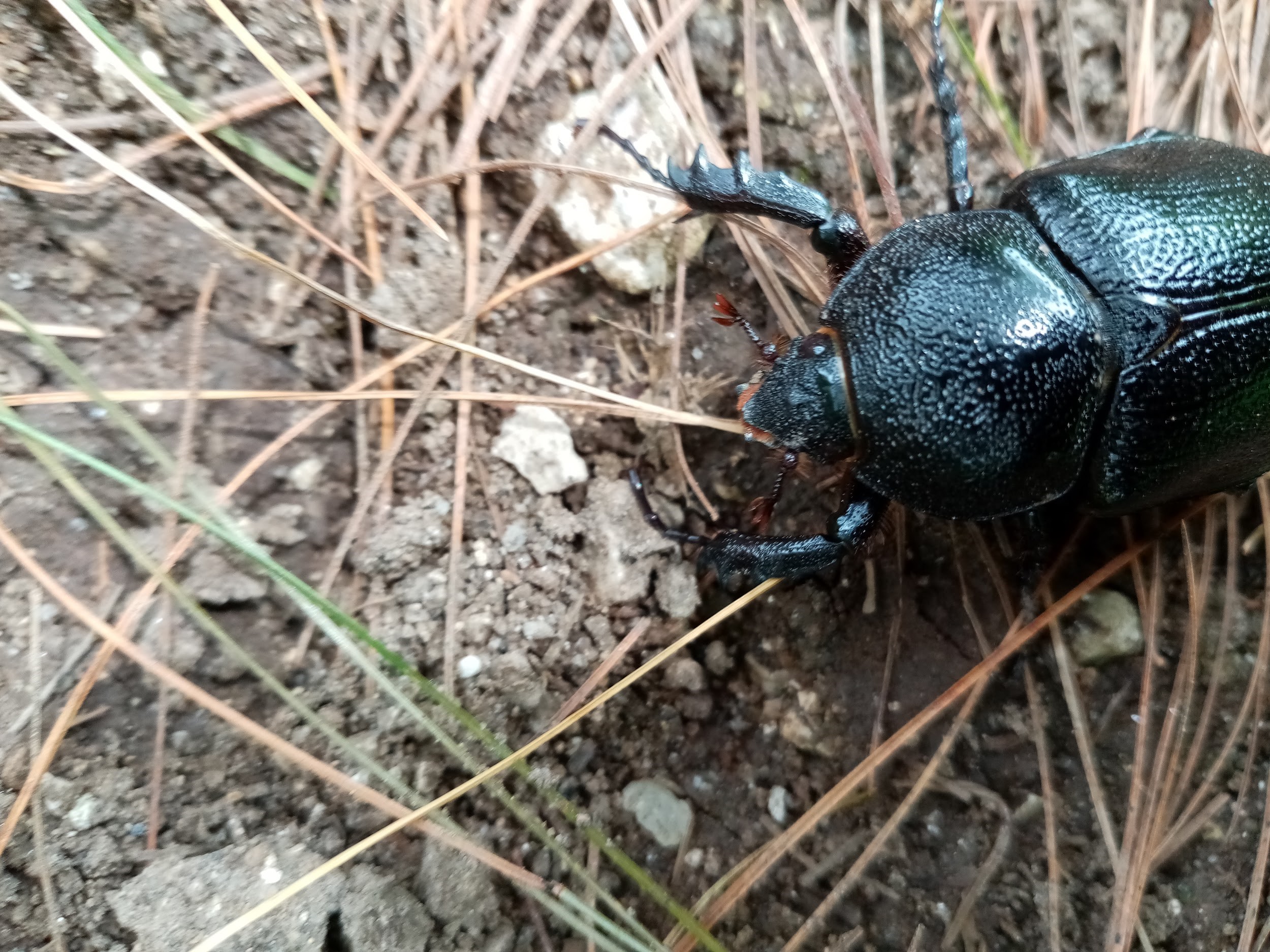Imaginings
stories, creative nonfiction, poetry, and other imaginative accounts of the natural world
-
The King of Fruits Needs Space

By Judith Bopp: On a particularly hot and dry morning in early May, my friend—a local farmer—and I loaded a canoe into the car and made our way to the Huai Raeng Reservoir in Thailand’s Trat Province, not far from the Cambodian border. Parked along the shore when we arrived were several pickup trucks with…
-
On Moral Grounds? Carbon Futures for Lowland Peat

By Aneurin Merrill-Glover: Across Europe, peatlands have nurtured sophisticated and distinctive socio-ecological systems for thousands of years. The process of restoring these unique landscapes—or “peatscapes”—is one that is neither strictly ecological nor exclusively ordered as part of a top-down international response to global warming. On the contrary, peatland restoration as a form of climate-change mitigation…
-
Hiking Through a Future Sacrifice Zone? A Story of Environmental Justice and Green Growth in the Tyrolean Alps

By Lukas Kunerth & Carolin Funcke: The Tyrolean Platzertal exudes a sense of remoteness like hardly any other valley in the Austrian Alps. Wafts of mist softly envelope the mountain tops as we, two academic researchers who made the trip here from Munich, begin our ascent. A light drizzle dampens the green landscape, which provides a…
-
Tracing Landscape Change through Dung Beetles

By Olea Morris: In some ways, the dung beetles and I had a lot in common! Working as a volunteer on a farm in the highlands of Veracruz, Mexico, I was assigned the very unglamorous but important role of tending to the manure of the animals raised there.
-
Hazardous Time-Scapes: How to Make Sense of Toxic Landscapes from Multiple Timed, Spaced, and Embodied Perspectives?

By Laura Deal: How do we understand toxic environments? What roles do time, space, narration, and embodiment play in our conceptualizations of what it is for something to be considered “toxic”? And how do these factors enable complicity in—or resistance to—toxic exposure?
